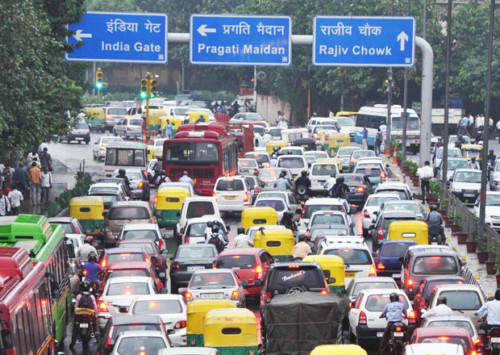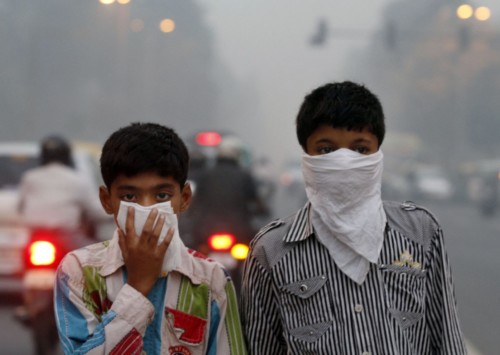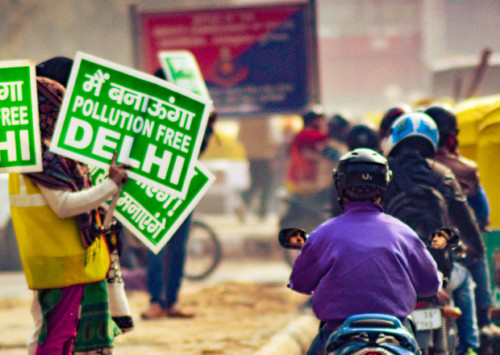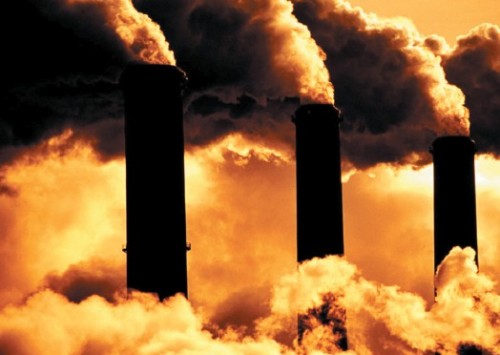New Delhi set to implement action plan to fight pollution
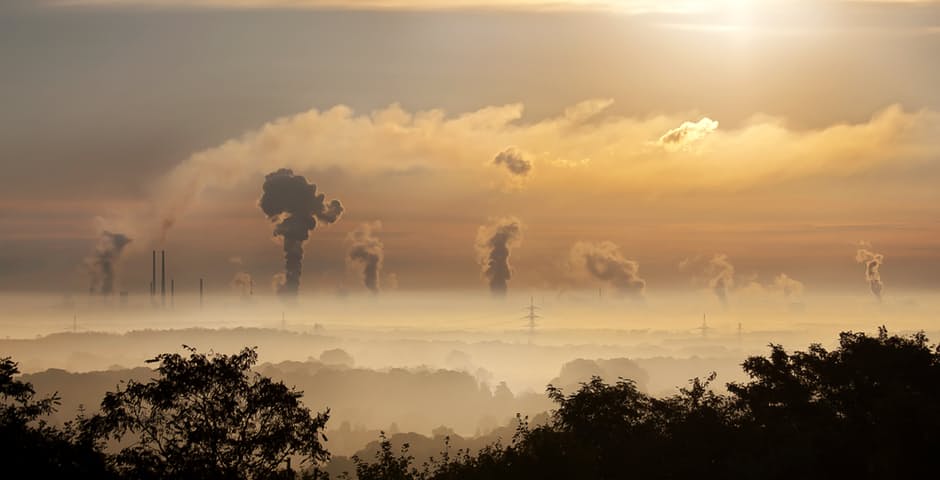
Air pollution will now be classified into four categories including moderate to poor, very poor, severe, very severe or emergency
After New Delhi witnessed severe rising pollution levels this year, the Supreme Court of India showed a green signal on Friday for taking forward an action plan aimed at establishing measures to tackle air pollution in the capital.
New Delhi choked under the worst smog in 17 years after the not-so eco-friendly Diwali celebrations this year in October. Along with this, illegal crop burning in Delhi National Capital Region (NCR), construction activities and smoke from vehicles and factories resulted in a temporary closure of educational institutions and construction activities in November.
Set out to approach the problem of unclean air, the Supreme Court approved an extensive action plan that is focused at institutionalising programmes to tackle air pollution in the city.
The apex court ordered the centre to follow the reports by the Environment Pollution Control Authority (EPCA), which gives a list of steps to be taken whenever air quality deteriorates beyond a certain level.
Four categories of air pollution
Air pollution will now be classified into four categories including moderate to poor, very poor, severe, very severe or emergency. On a sink in the air quality, the government will re-introduce odd-even car formula, along with closure of schools, a hike in parking fee, ban on entry of trucks and temporary ban in construction activities.
The court has also instructed the centre to weigh toxic effects of petroleum and furnace oil used in industries and power generation plants in the National Capital Region (Delhi NCR).
Central government, Delhi government, municipal corporations and Delhi’s neighbouring states will also implement a separate plan drafted for each pollution category, that includes a ban on burning garbage, watering of engineered structures for disposal of bottom and fly ash, closure of brick furnaces and polluting industries, if the pollution level is moderate or poor.
A ban on hot mix plates and stone crushers, closure of Badarpur power plant, mechanised cleaning of roads and sprinkling of water to reduce dust, will kick in if pollution index is severe.
When air quality is very poor, the steps to be taken are, prohibition on diesel generators, use of coal and firewood in hotels and open eateries, along with an increase in the operating frequencies of buses and metro trains. While during emergencies, a ban on entry of truck traffic in New Delhi and construction activities will be issued.
Along with this, real-time pollution monitoring stations will be installed in Delhi, Haryana, Uttar Pradesh and Rajasthan to check the quality of air quality.
According to the System of Air Quality and Weather Forecasting and Research (SAFAR) of the Union Earth Science Ministry that studies the impact of air pollution on Health and Agriculture in major metropolitan cities in India, there has been a huge increase in concentration levels of Fine Particulate Matter (PM 2.5) in the atmosphere this year after October, as compared to previous years.
Fine Particulate Matter is an air pollutant that is a concern for human health when its levels in air are high.
High growth, high pollution
“Usually, air pollution has an inverse relationship with the country’s GDP. We find that as countries become richer they generally develop less polluting industries. But in the cases of India and China, the trend has been quite the opposite: despite their economic growth, both countries have particularly poor air quality. It is clear that an economy heavily reliant on coal can only spell doom for its people,” said Lauri Myllyvirta, Greenpeace’s campaigner on climate and energy.
With rising pollution levels in major Indian cities, cases of asthma, allergies and breathlessness in the city have been increasing and Delhi government has issued health alerts and suggested children to stay indoors as there is a state of health emergency due to air pollution.
However, with protests in opposition to the inhumane activities against the nature and government taking corrective measures to fight pollution, the effectiveness and efficiency of these are yet to show results.


